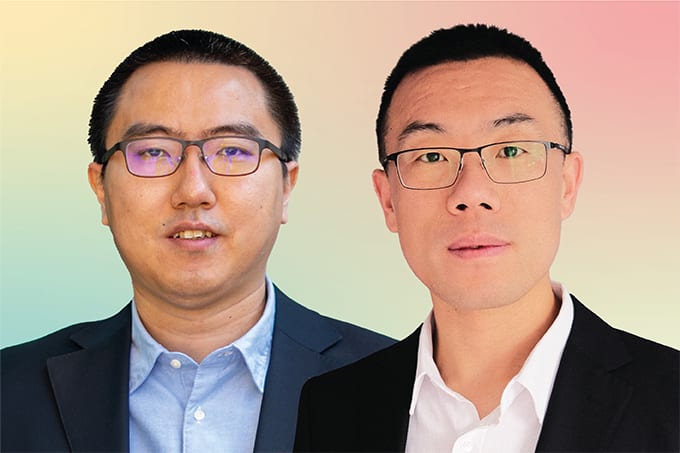Back in March, we witnessed the UK government issuing health warnings as a dangerous cloud of smog from the continent blew across Britain. In France, the situation was considerably worse, with such dense smog that a 14 mph speed limit was imposed on Paris motorways. And though we know there are many triggers for respiratory ailments, it’s generally recognized that certain VOCs can have severe, adverse influences on human health. Unfortunately, it’s a disquieting fact of life that we’re routinely exposed to VOCs throughout our daily activities, from driving our cars to working in our offices or even just sitting at home.
With the ever-increasing awareness of the potential for negative health effects from the air we breathe, it’s not surprising that requirements for low-level traceable calibration standards are becoming of greater importance. We recently saw the Euro VI automotive emissions legislation enacted – the most stringent environmental law to date in the European Union. It not only requires automotive manufacturers to use multiple new calibration gas mixtures and high purity gases for monitoring and analysis, but also prescribes detailed specifications to calibrate and zero instruments. But the use and importance of so-called ‘zero gases’ goes way beyond the application in automotive emissions testing to more general ambient air quality monitoring. As many readers will know, the calibration of high precision analytical instruments used for environmental testing, such as gas chromatography and Fourier transform infrared spectroscopy often requires two or three set points to create a calibration curve and a zero point setting to establish the baseline reading. To create this zero point setting, a zero grade gas is needed. The increasingly lower concentrations of pollutants permitted by new legislation mean that an accurate zero set point has now become extremely important. We are also seeing a trend towards national and international specifications being driven by atmospheric monitoring stations and metrological institutes who recognize the value of having accurate reference points when measuring impurities anywhere in the world. Today, we need a measurement approach for the single and simultaneous assessment of the impurities of zero gases and a protocol for their certification.
National metrology institutes, industrial gases manufacturers and instrumentation companies have recently come together to do just that by playing a collaborative role in a project called MACPoll (Metrology for Chemical Pollutants in Air). MACPoll is part of a European metrology research program focusing on zero gases R&D for air quality applications. Special focus is being placed on reactive impurities, such as nitrogen oxides, sulphur dioxide, ammonia and hydrogen sulphide, with a view to minimizing these components to quite challenging concentration levels. The impurity levels used in the MACPoll project defined very ambitious specifications for zero gases, including 0.5 ppb – or even 500 parts per trillion nitrous oxide, 2 ppb ammonia and 1 ppb sulphur dioxide. Considering that as recently as 10 years ago, a typical impurity of nitrous oxide would have been in the order of in 100 ppb, technological development appears to be moving at a very rapid rate.
Many technological challenges have been successfully tackled through the MACPoll project and its achievements are highly regarded, providing good preparation for the high quality calibration gas mixtures of the future. Its work on accreditation of zero gas began about five years ago and whilst the first phase of the project is now complete, we believe that full commercialization of its outcomes is about three years away. Undoubtedly, higher accuracies in calibration mixtures enable better accuracy, standardization and precision of measurement internationally, bringing measurement in different countries onto a more level playing field. With higher accuracy comes a greater degree of confidence in the analytical data being reported. And because the mix is traceable back to a national or international standard, all gas producers, end users and environmental agencies can have a higher degree of assurance that the analytical data being reported is accurate and uniform across the world.




